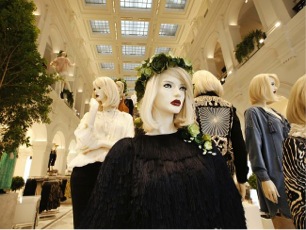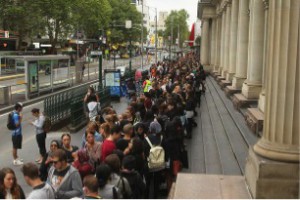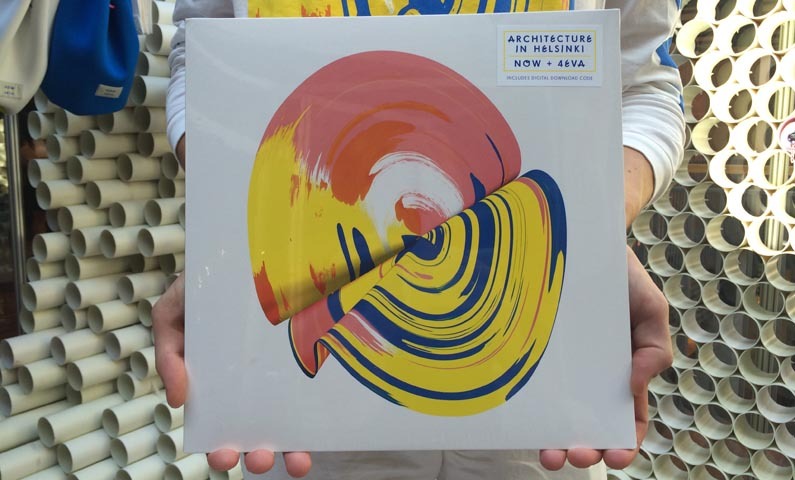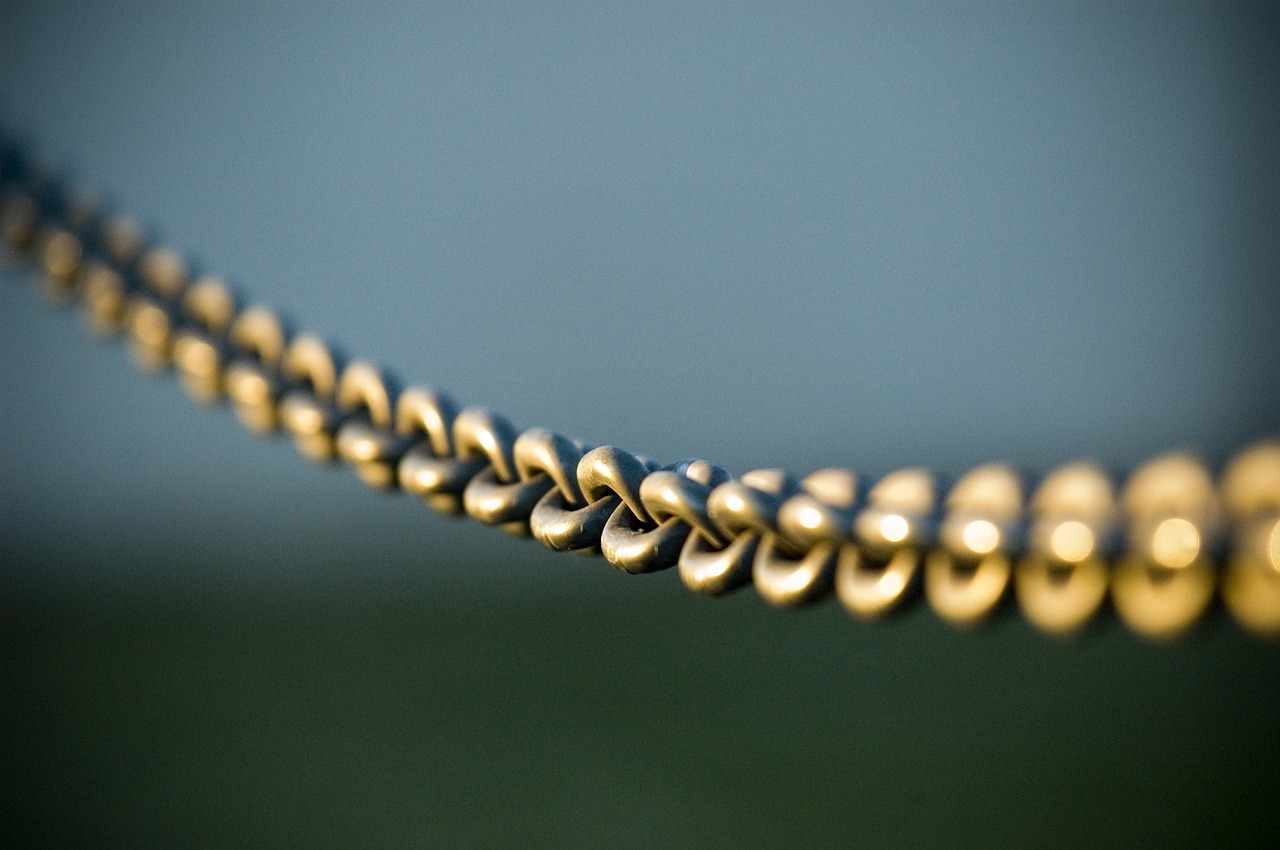
The statistics on the H&M launch in Melbourne
April 6, 2014
The statistics on the H&M launch in Melbourne
H&M is a great retail success story. Some statistics have placed the company as the second largest clothing retailer in the world, behind Zara and above America’s GAP.
And now it has hit Melbourne. More than 3000 people queued up Saturday morning to catch an early glimpse of this impressive GPO store and the brand extended its opening hours till midnight to cope with the huge crowd.
Fashion insiders are already claiming it to be a huge success. A lot are saying that the pieces are high fashion and the quality is genuinely great. In fact, most commenting that it is better than the quality of the pieces in Europe.
See the pre launch coverage and BrandHook commentary on A Current Affair
Why Australia?
Australia is a great market for international retailers.
We have had a buoyant economy – we haven’t had the slowdown that most other countries have experienced, we are close to Asia so the supply chain is cost effective and the Australian consumer looks to Europe for fashion trends making us very receptive to the brands being on our doorstep.
A lot of Australian fashionistas have been buying these brands online and now love the opportunity of being able to touch, feel and experiment with these clothes in person.
Those retailers that have shown consideration for this local market have been the most successful. Zara launched with a Melbourne specific range and we see H&M have also demonstrated their commitment to Australian fashion by launching an Australian only capsule range. Most impressively they will supply the same trends as Europe in their Spring 2014 range and we won’t have that trend delay that we have historically had in Australia.
The Consumer View
 Prior to the launch, BrandHook ran a poll with 70 Melbourne women to understand the consumer perspective on the launch.
Prior to the launch, BrandHook ran a poll with 70 Melbourne women to understand the consumer perspective on the launch.
The results were fascinating:
- 91% were intending to visit the store within the next 3 months
- 41% were excited about the launch
- 33% had already visited the website
Of more interest is the Melbourne female perspective of the H&M strengths:
- 71% associated the brand with producing stylish womenswear
- 72% saw the brand as best for on trend womenswear
- 69% casualwear, 66% affordable, 57% seasonal pieces
Furthermore, from a positioning, there was no clear agreement on where H&M sits in the marketplace. Some saw the main competitor as being Zara, others thought that Myer customers would likely gravitate away, while Sportsgirl and Country Road were nominated as brands with similar offerings.
So before doors open, you have the consumer perspective of a brand they are excited about, have already engaged with, see it delivering what they want from a retailer and offering what their current stores are providing but better. Ticking all boxes it would seem
What should local retailers do?
What do our local retailers need to do to keep customers coming through their doors in such a competitive market?
Two things:
- Add depth to their customer experience. What other than just fashionable clothes can they offer the consumer? Which bits of the customer experience can be more interesting? Where can they really affect in their consumers lives?
- And be more pointy. Provide real point of differentiation to their consumers. Who is their key tribe and what do they really want from you?
The international invasion is here to stay and growth in the Australian retail market is small. Already established retailers must work hard to keep their customers shopping habits or this disruption will only continue.

